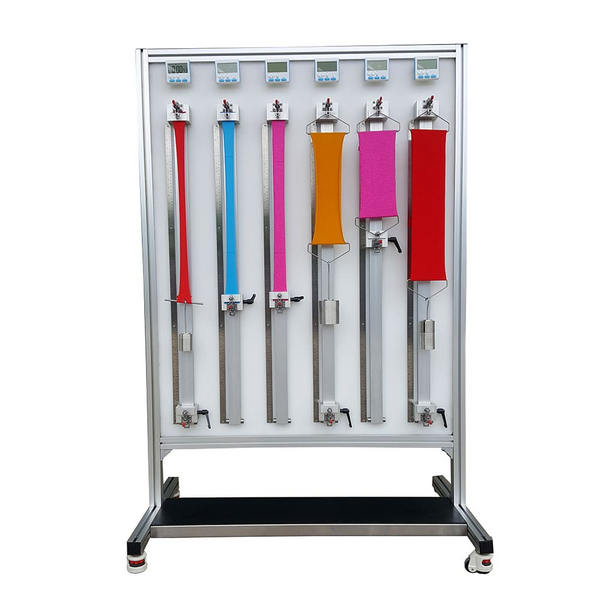How do manufacturers ensure that zippers are safe for use?
Manufacturers ensure that zippers are safe for use by following various safety standards and regulations. Here are a few examples:

1. Chemical safety: Manufacturers ensure that zippers are free from harmful chemicals. This is typically done by testing the materials used in the zipper for compliance with regulations such as REACH (Registration, Evaluation, Authorization and Restriction of Chemicals) and CPSIA (Consumer Product Safety Improvement Act). These regulations limit the use of hazardous substances in consumer products, including zippers.
2. Choking hazard: Zippers can pose a choking hazard, especially for young children who may put small parts in their mouths. Manufacturers may address this by designing zippers with larger pull tabs or adding safety features such as locking mechanisms to prevent accidental opening.
3. Sharp edges: The teeth of a zipper can have sharp edges that may cause injury. Manufacturers may address this by rounding off the edges of the teeth or adding a protective flap to cover the teeth.
4. Flammability: Zippers that are used in products such as clothing or bedding must meet flammability standards. These standards typically require that the zipper either self-extinguish or not contribute significantly to a fire.
Manufacturers may also conduct various tests on zippers to ensure their safety. For example, they may perform tests to ensure that the zipper does not detach or break under normal use, or that the slider does not come off the track. Manufacturers may also conduct user testing to evaluate the safety and usability of the zipper in different scenarios.
Overall, manufacturers take safety seriously and work to ensure that zippers are safe for use by following regulations, addressing potential hazards, and conducting various tests to evaluate performance and durability.

